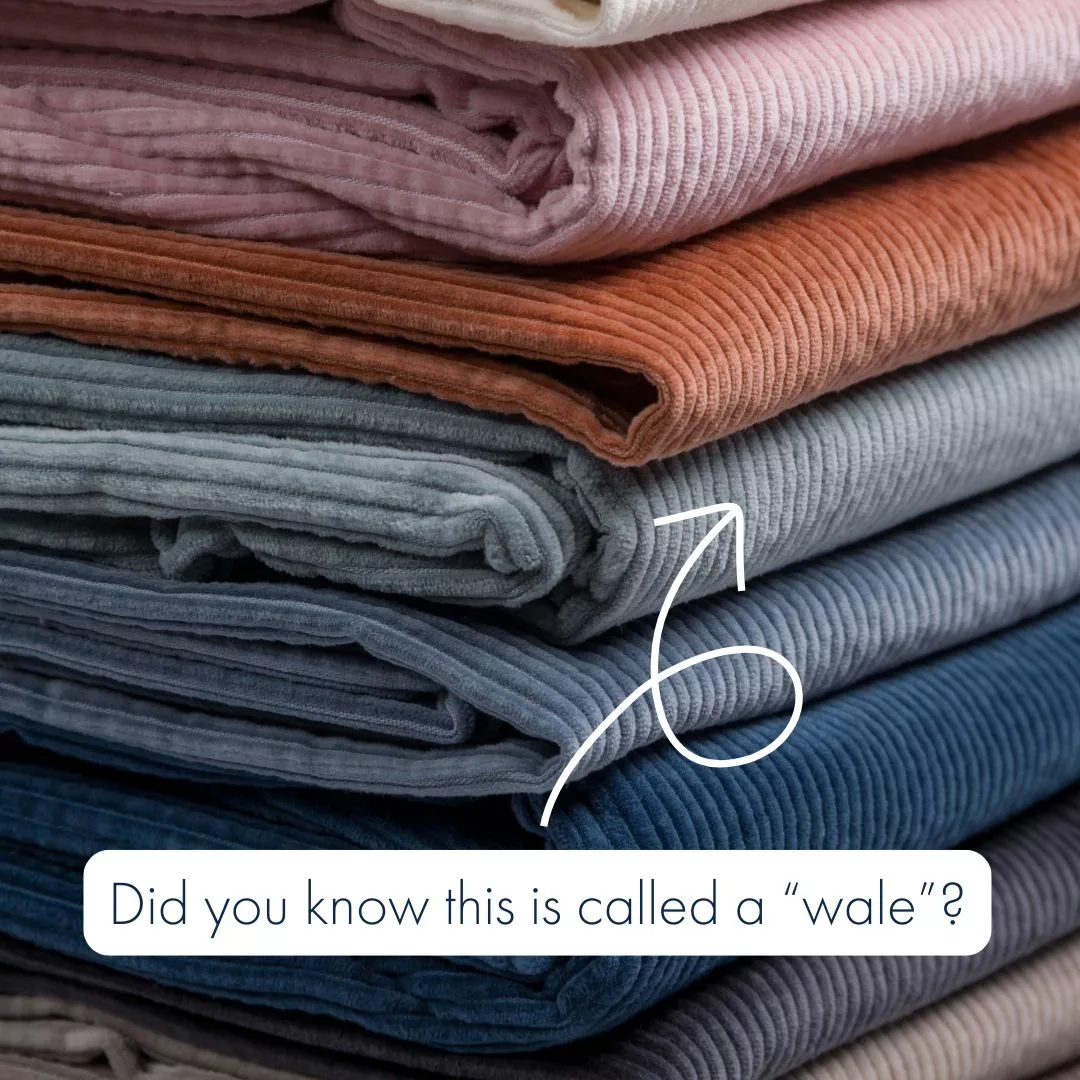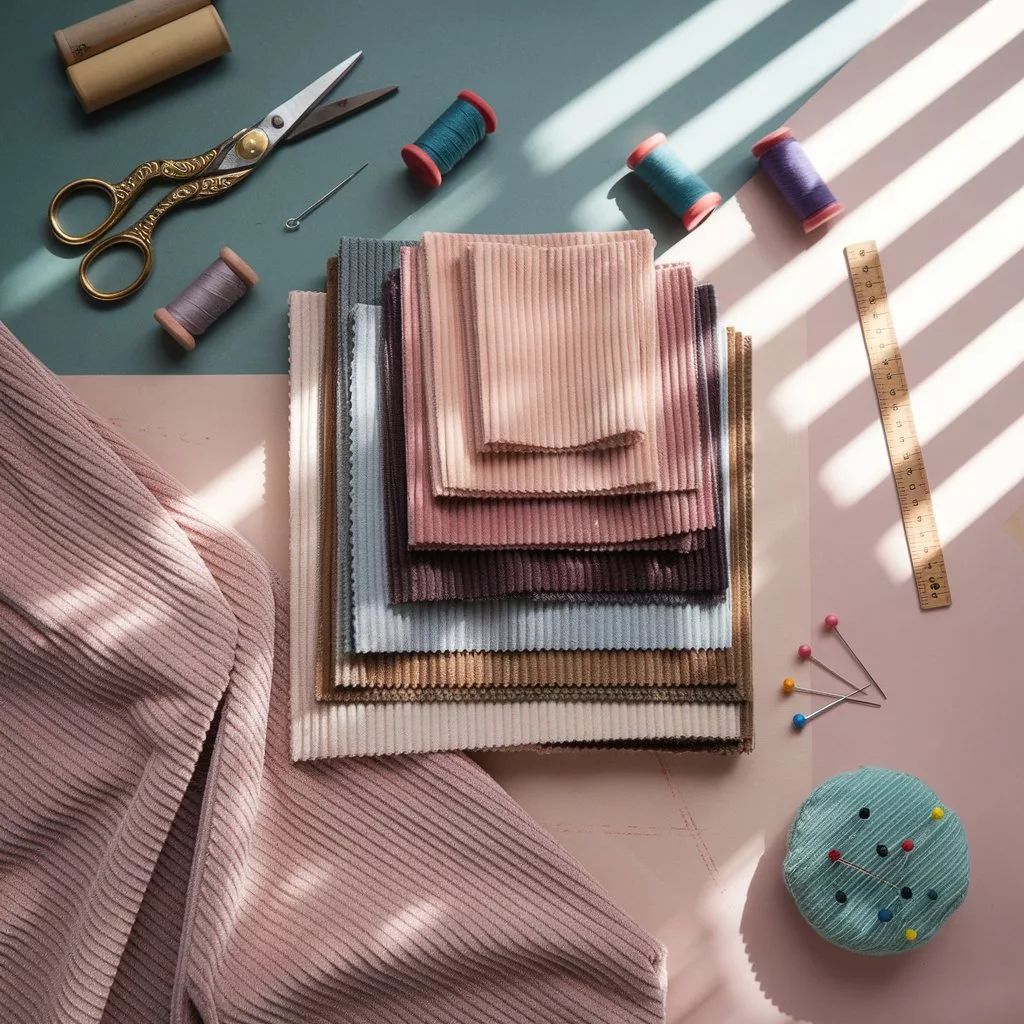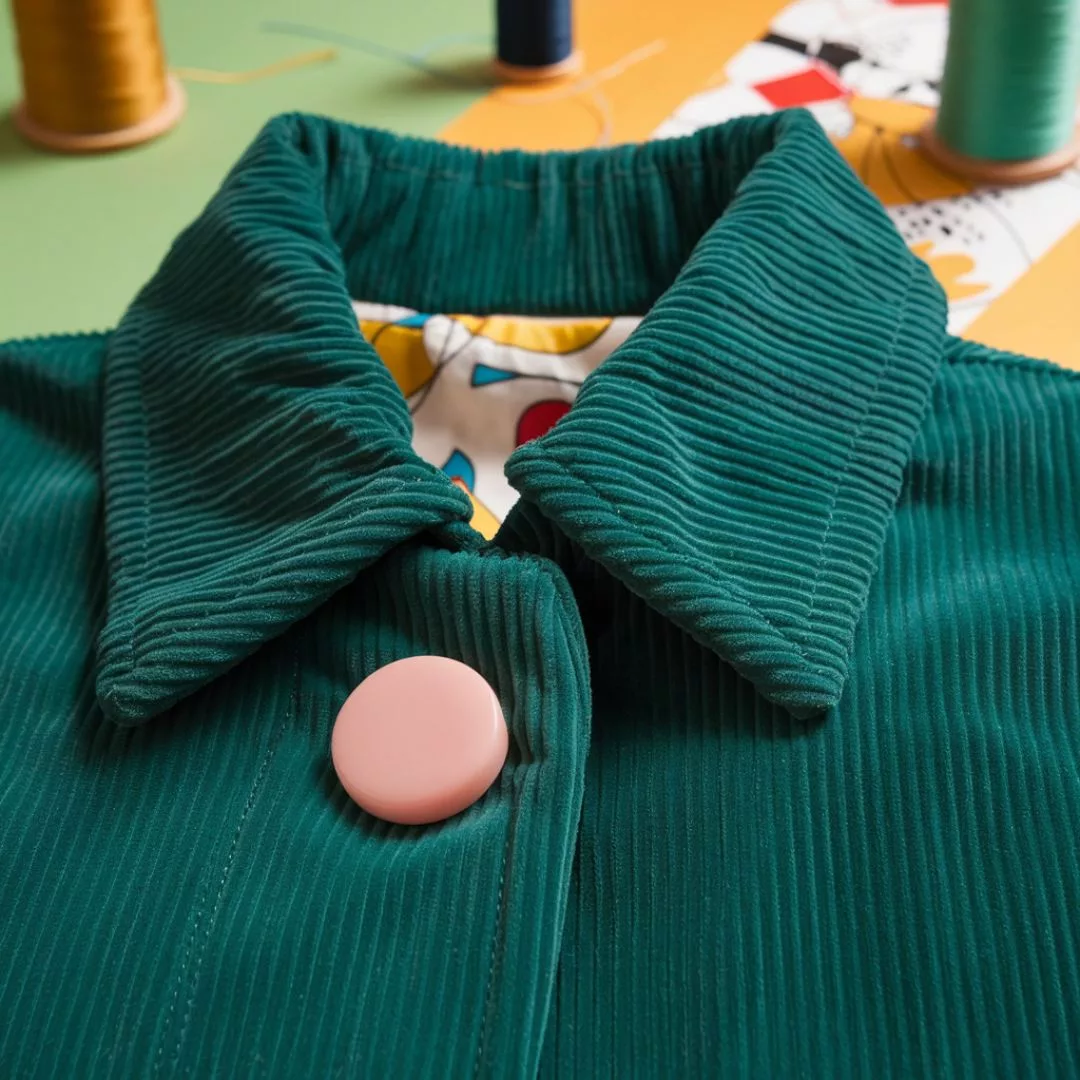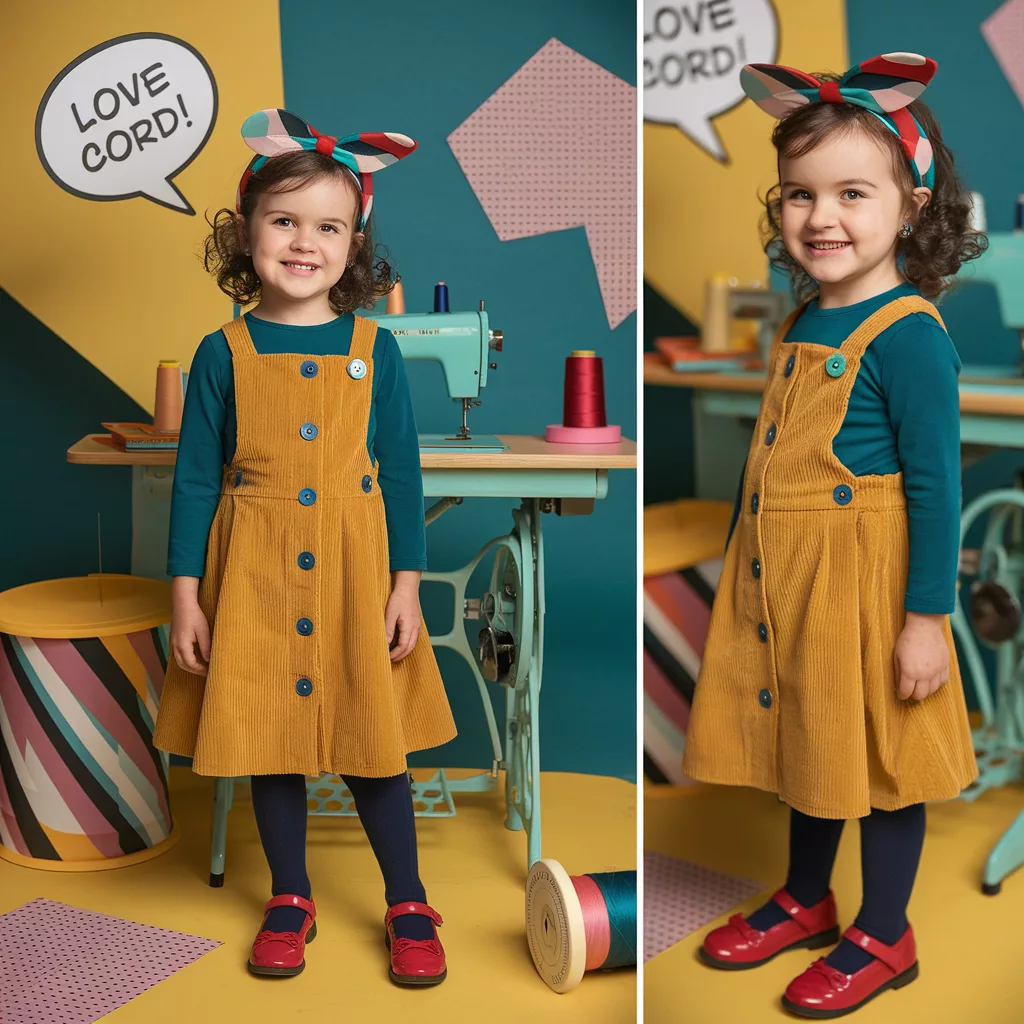I still remember the first time I worked with corduroy – it was equal parts thrilling and daunting. The velvety texture seemed alive, slipping through my fingers and challenging every sewing skill I thought I had mastered. But when I finally finished my first corduroy project – a pinafore dress for my daughter – the sense of accomplishment was unmatched.
Corduroy isn’t just a fabric; it’s a statement. From its royal origins to its role in modern fashion, this textured classic is back and bolder than ever. Whether you’re a fashion enthusiast or a sewing hobbyist, corduroy’s versatility and charm make it a must-have in your fabric collection.
Whether you’re sewing your first project or revisiting this classic fabric with new eyes, corduroy has a way of transforming the ordinary into something extraordinary. Let’s explore its history, decode its unique characteristics, and uncover the secrets to mastering this iconic textile. Ready to stitch a little history into your next project?



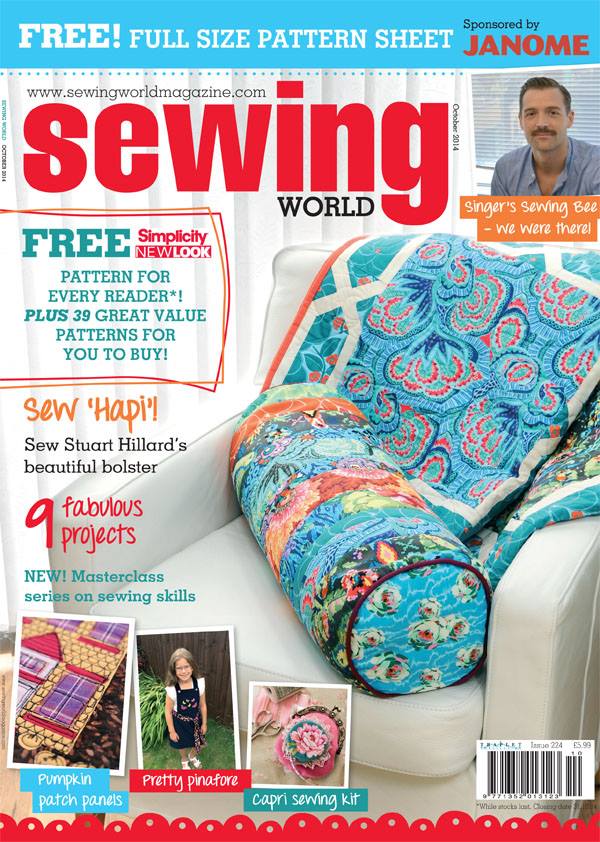 I wrote this article a few months ago and was originally published in the November issue of
I wrote this article a few months ago and was originally published in the November issue of 


